
OR
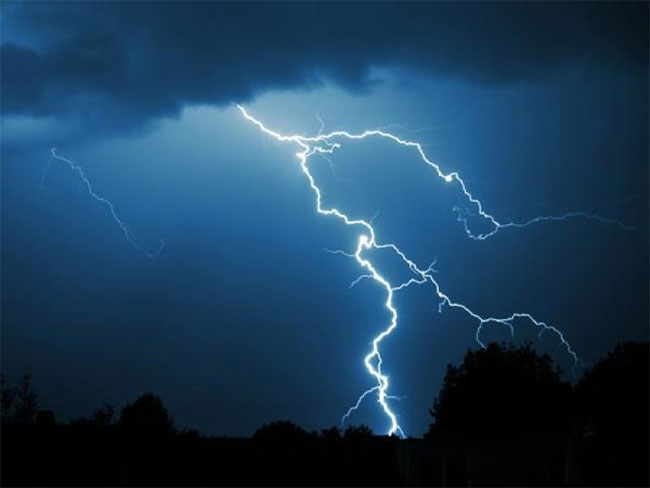
PANCHTHAR, May 22: Lightning that struck amidst thunderstorm has killed a youth in the district on Monday.
The deceased has been identified as Bal Bahadur Tamang alias Bibas of Yangrak Rural Municipality-5, District Police Office, Panchthar told Republica Online.
According to police, Tamang was critically electrocuted while he was charging his mobile when the lightning struck.
Tamang passed away while being rushed to hospital for treatment.
His postmortem was carried out at District Hospital Panchthar, said police.
You May Like This

Lightning claims girl
BUTWAL, July 30: A girl died after being struck by lightning at Tilottama municipality in Rupandehi district Sunday. ... Read More...

Lightning claims woman in Taplejung
TAPLEJUNG, March 9: A woman has died after being struck by lightning in Mikwakhola Rural Municipality-4. ... Read More...

Lightning claims two in Sindhupalchowk
SINDHUPALCHOWK, July 8: Two women were killed by lightning at Ghumthang in Bahrabise Municipality-7 in the district on early Saturday. Read More...
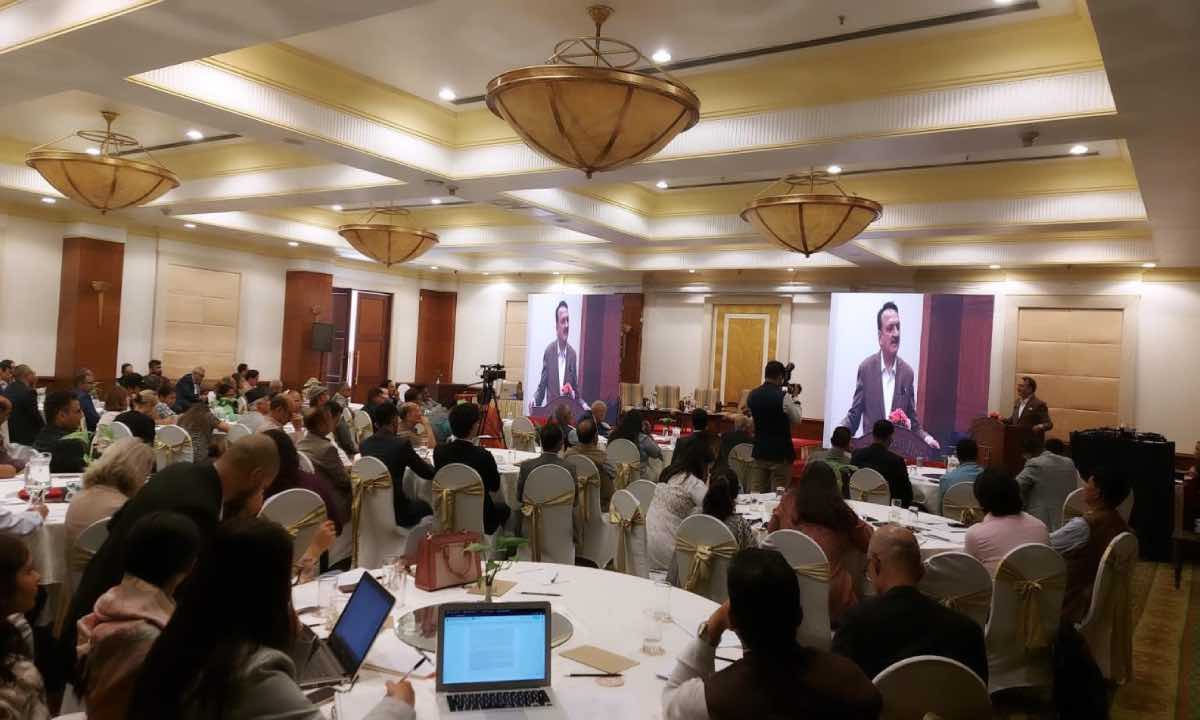


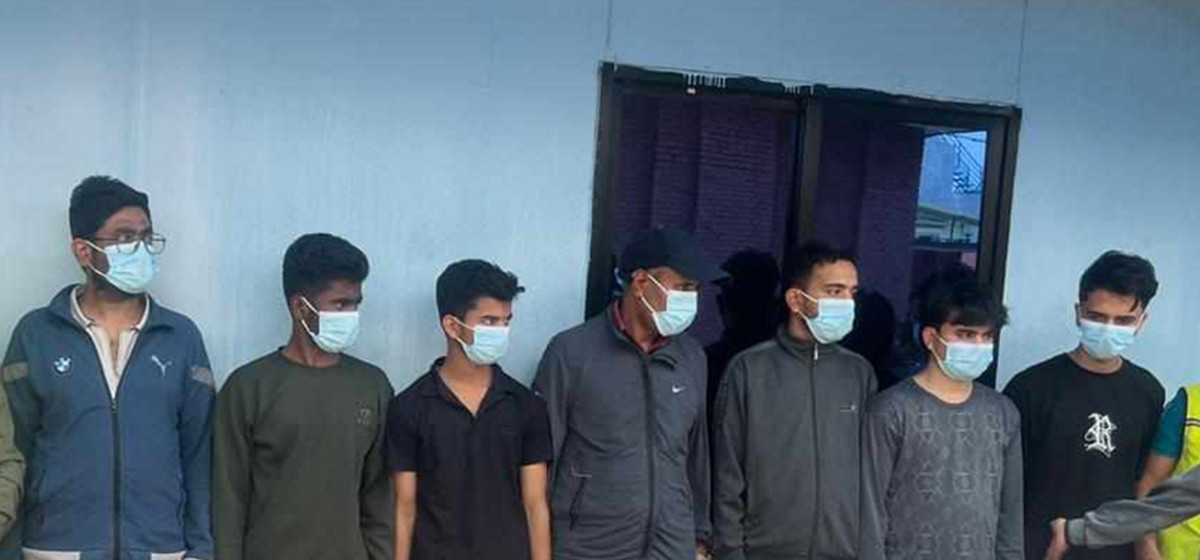
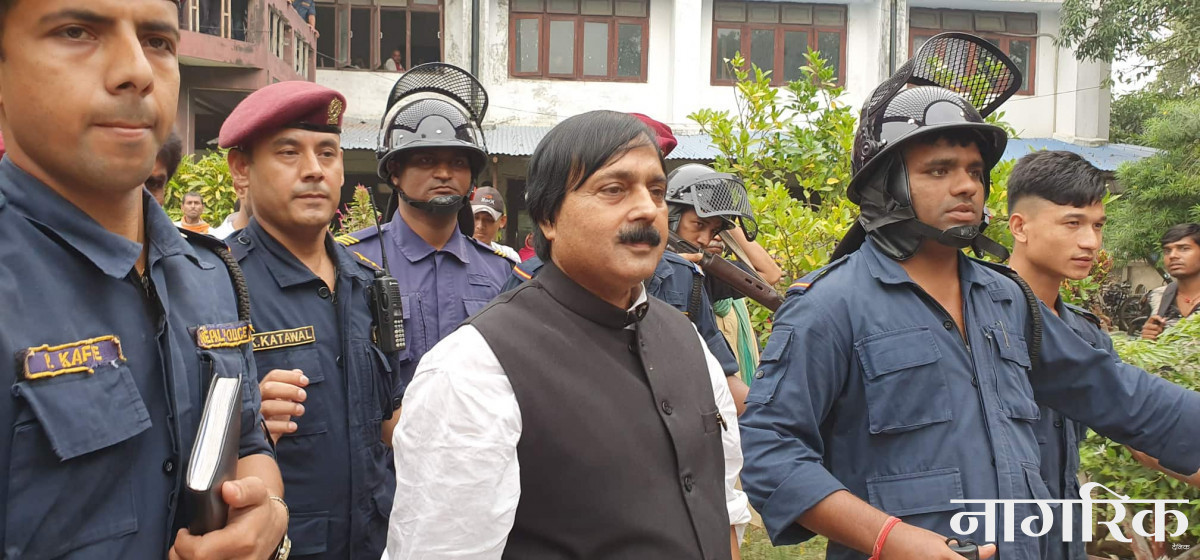
Just In
- Save the Children report highlights severe impact of air pollution on children
- NATO Serving as a Catalyst to Fuel Violence
- Home Minister denies any delay in providing relief to wildfire and fire victims
- Ties with Tehran
- CM Kandel requests Finance Minister Pun to put Karnali province in priority in upcoming budget
- Australia reduces TR visa age limit and duration as it implements stricter regulations for foreign students
- Govt aims to surpass Rs 10 trillion GDP mark in next five years
- Govt appoints 77 Liaison Officers for mountain climbing management for spring season



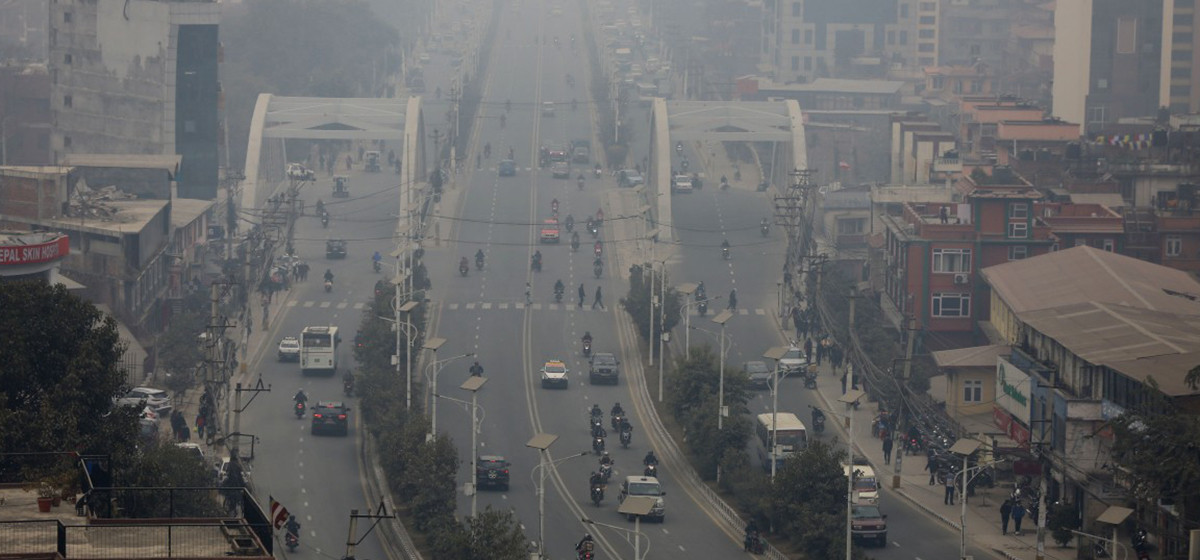
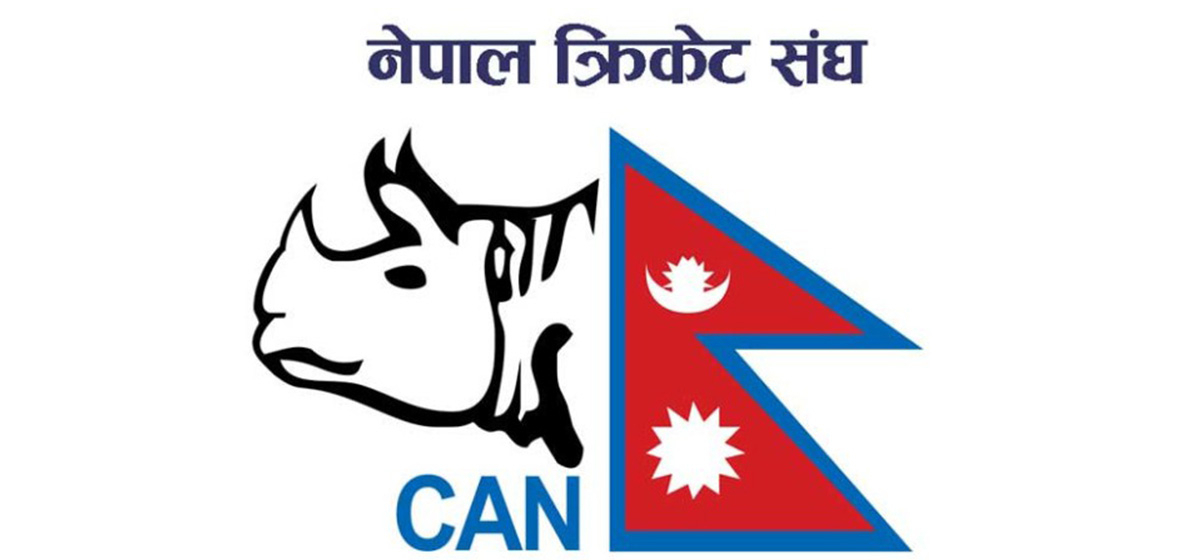
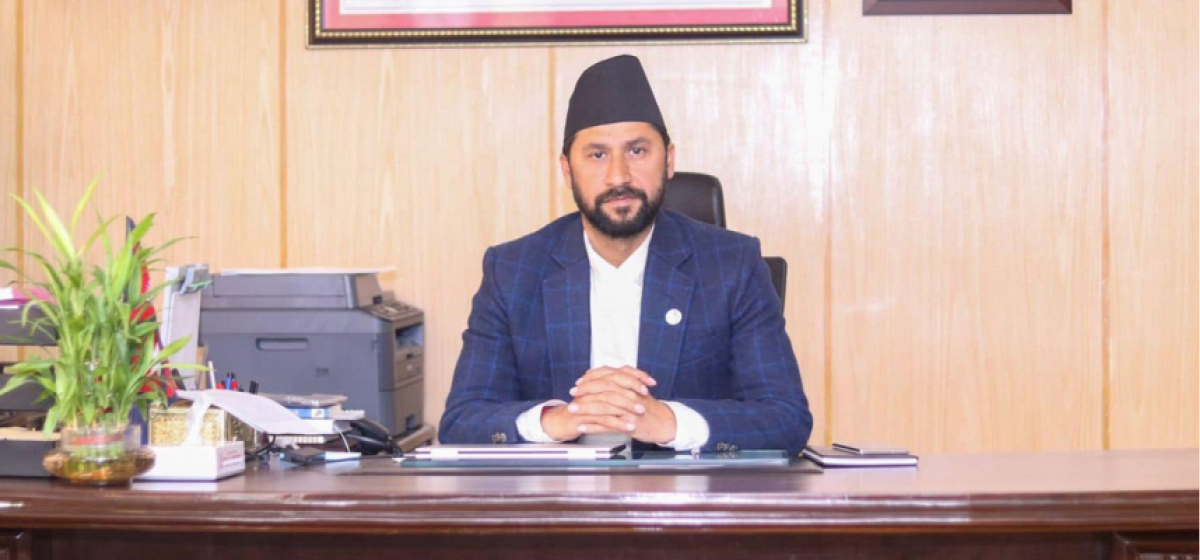

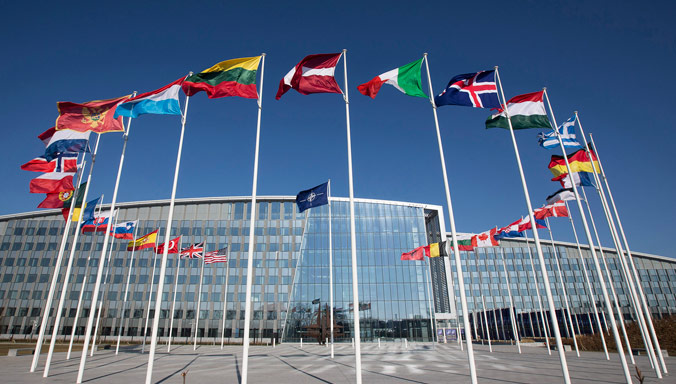
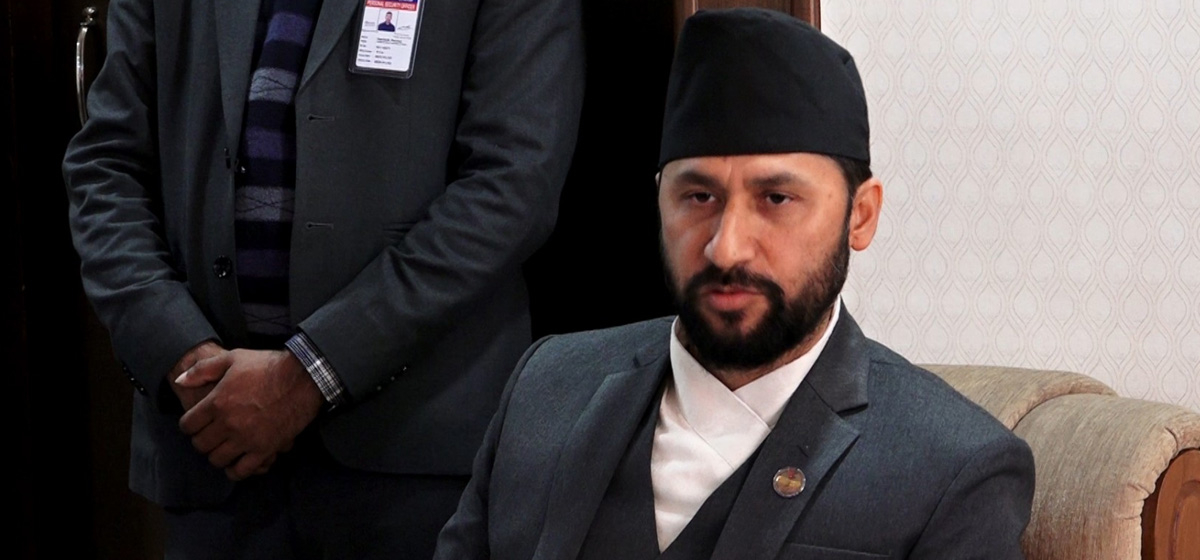


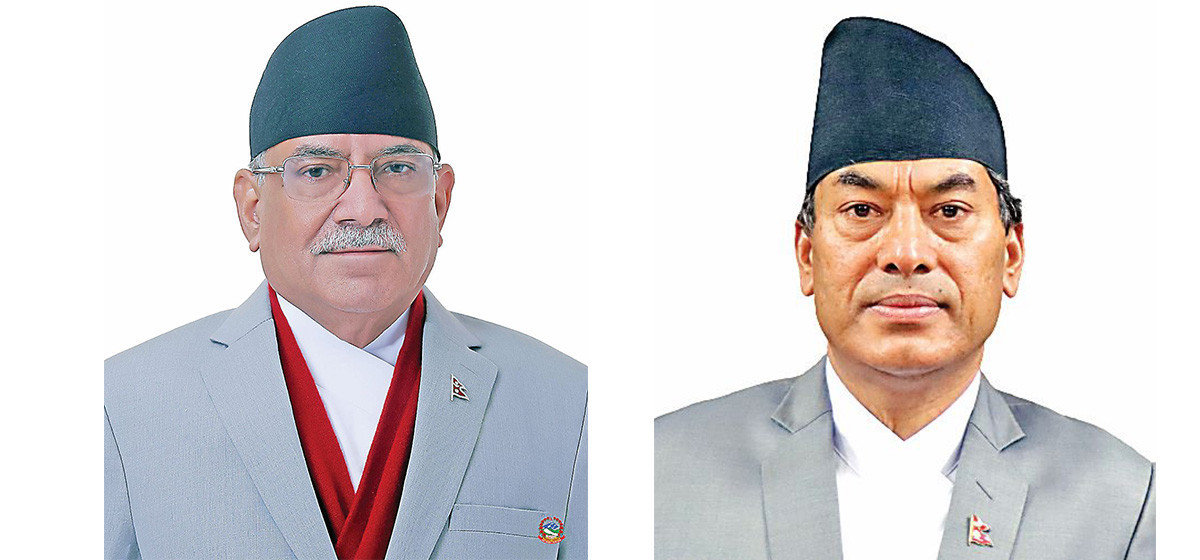
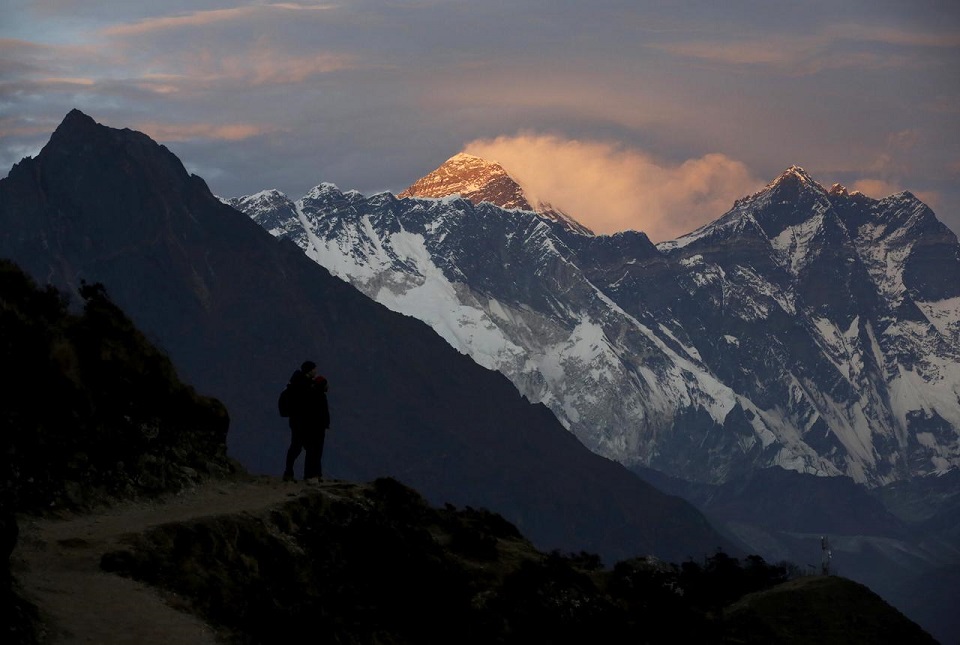
Leave A Comment